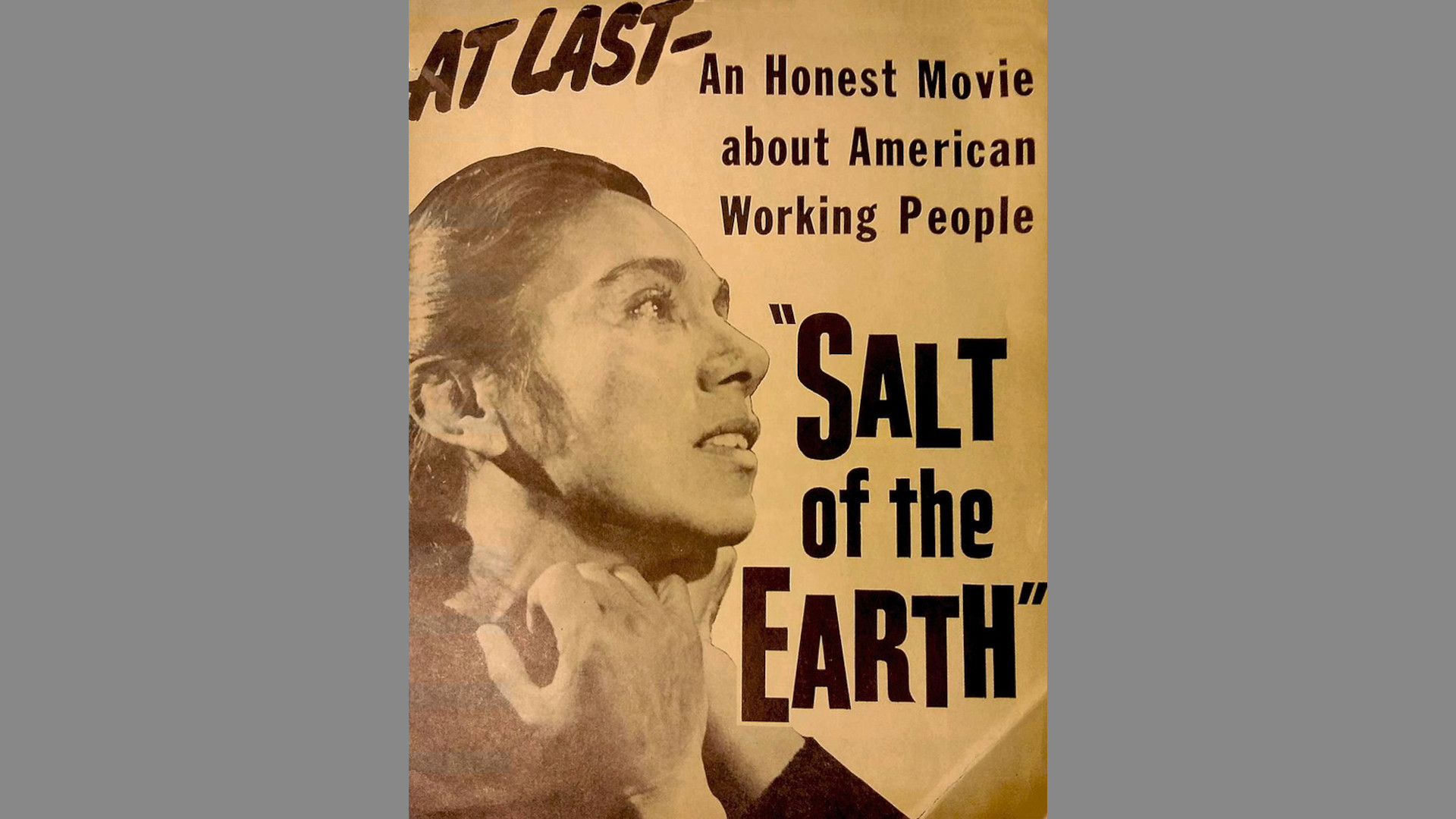The movie Salt of the Earth (1954), written by Michael Wilson and based on the Empire Zinc Strike of 1950 and 1951, provides an immaculate exposé on labor relations, racism, sexism, and the police brutality faced by Mexican miners in New Mexico. The story follows mine workers striking for equal pay to their white counterparts and safer conditions in the mines.
The International Union of Mine, Mill, and Smelter Workers faces complications when the bosses acquire a court injunction to break the strike or arrest the mine workers. Esperanza Quintero, wife of the lead striker Ramon Quintero, identifies the loophole that the injunction only applies to mine workers and pleads that the union allow women to join the picket. The men, who were worried for the safety of the women and the children refused, but the union allowed the wives to have vote. The union voted by majority to have women take up the position on the picket. After brutal crackdowns by police, arresting of most women strikers, and subsequently having solidarity strikers from other mines and other women to join, the men realized that they need their wives in order to succeed.
Due to the film being endorsed by the International Mine, Miller, and Smelter Workers—the writers, directors, and actors were later blacklisted as allegedly being subversives during the McCarthy period. Salt of the Earth is a must-see for anyone who seriously considers themselves a supporter of labor, racial, women’s, and civil rights.

